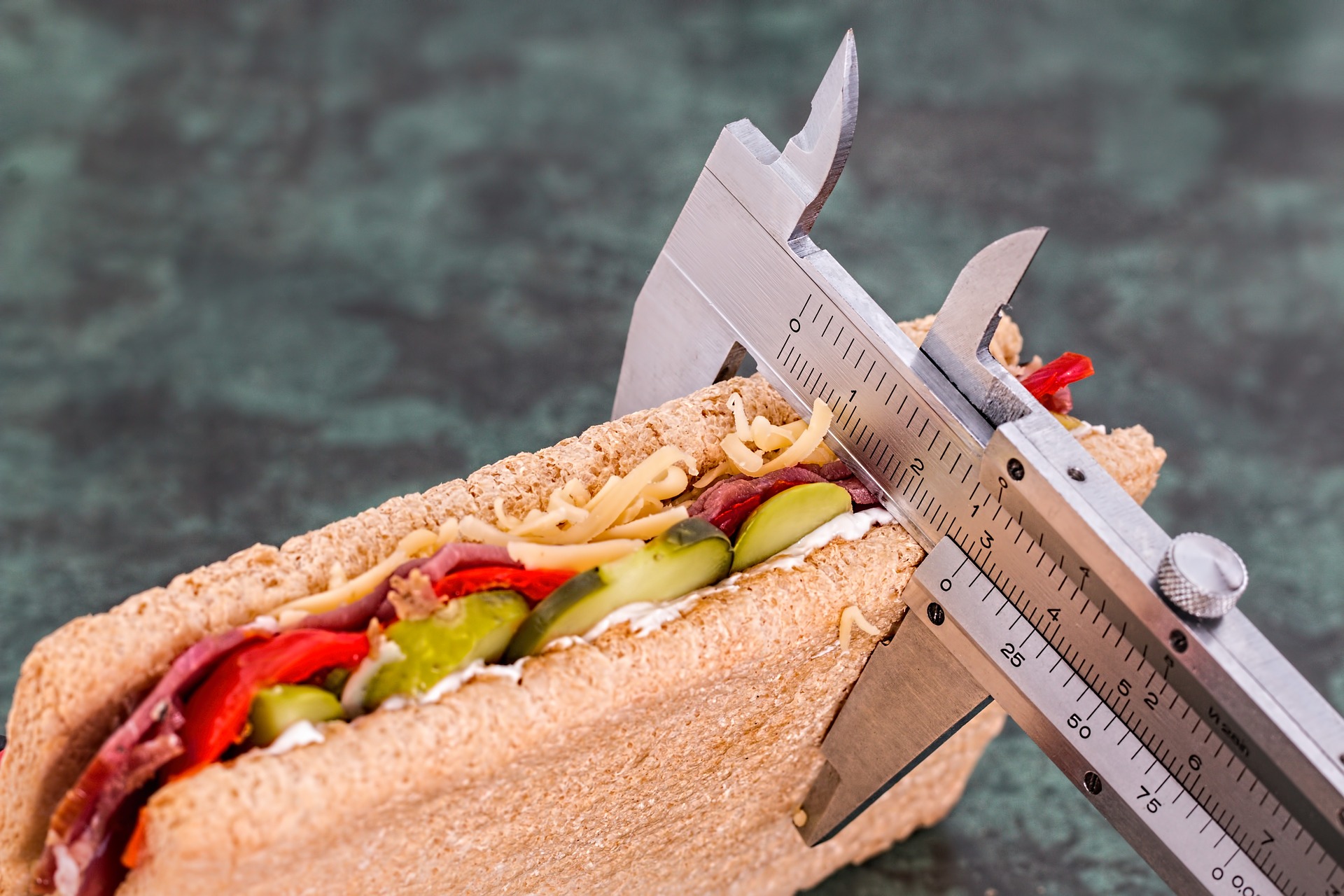For Sale at Cost
Imagine a slightly different world with a different economic system. In this world, no shops you browse advertise their prices. You simply buy things and they deduct the item’s cost from your bank account. They charged you the actual production cost of the item, so no one was particularly appalled. You always got value equivalent to what you paid. It worked fine for a while, but then a lot of people started having serious money problems. They were consistently buying extremely expensive things without realizing it, and it wasn’t entirely their fault. You may buy a simple clock and later learn some internals were made of gold. But by then, it was too late.
The government stepped in and started making establishments label their products with prices. Many considered this a marked improvement. Some were annoyed. Things cost what they cost; don’t ruin the fun for me by telling me how much these nice items are setting me back!
Cost labeling should result in at least two effects on the market. First, some buyers would now prefer cheaper items. That’s the obvious result. Second, and far more interesting, is that since prices are now advertised, people can comparison shop in a way they couldn’t before. If I can see 300 credits buys me your widget or this other seller’s gadget, both sellers must now retool their entire design process to maximize the amount of value they can deliver for that amount. They can no longer rely on simply trying to make the most expensive thing and assuming everyone would buy it because it’s also the nicest. Just by labeling prices, you’ve changed the game for producers no matter what consumers claim to do.
Almost overnight, every store will shift their entire process toward value. Not cheapness, but value. If you have an extremely expensive item to offer, but it is also very high quality, then you can continue to sell it very well in the new system, so long as it offers more value than a similarly priced item at another store.
Reading the news on this change in the market, you would think this second effect didn’t exist. Almost all of them read, “Some people bought cheaper stuff, but most didn’t care.” What consumers do isn’t particularly interesting or relevant, not when calorie labeling is going to change the way every restaurant designs every meal they offer.
